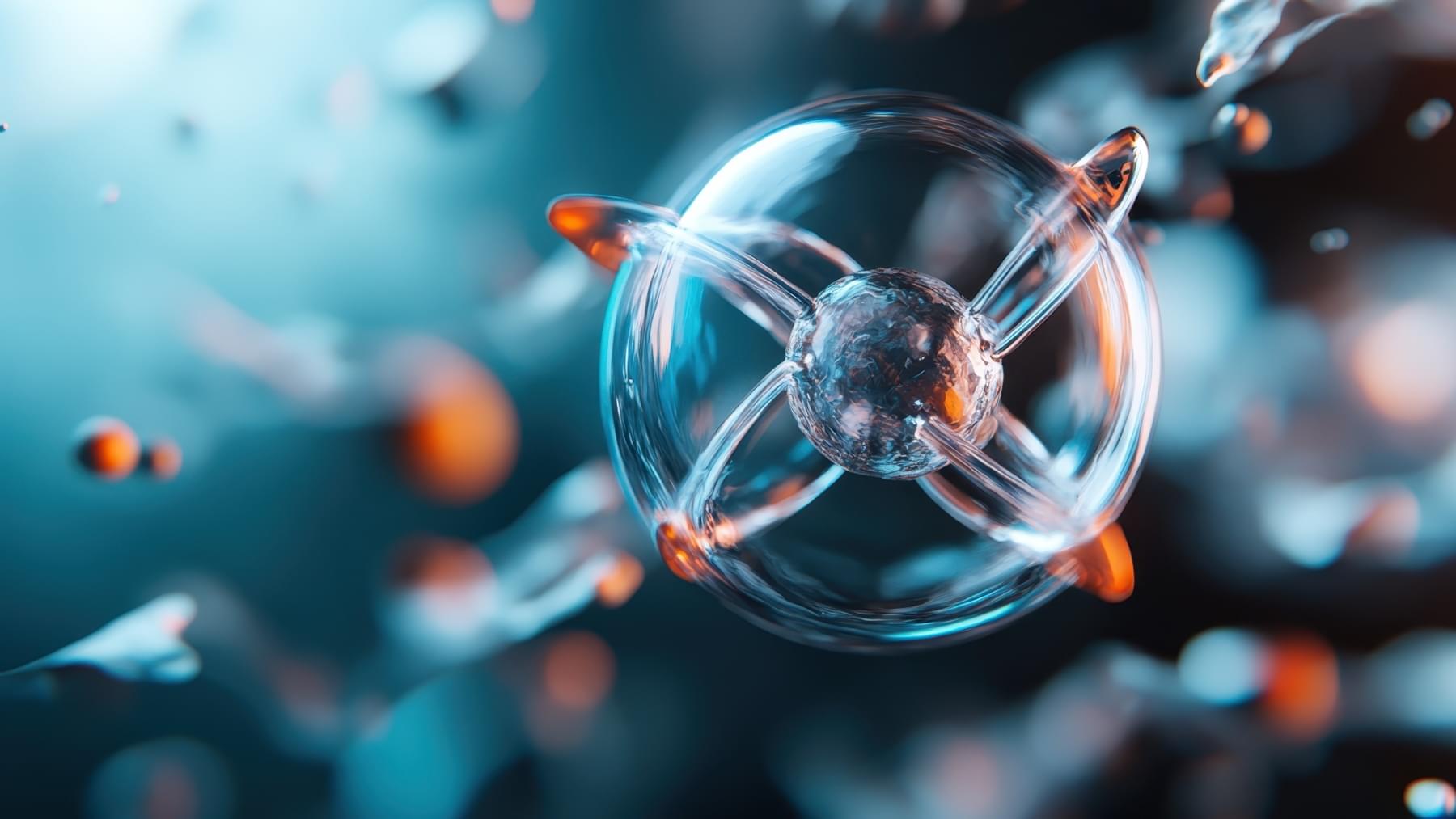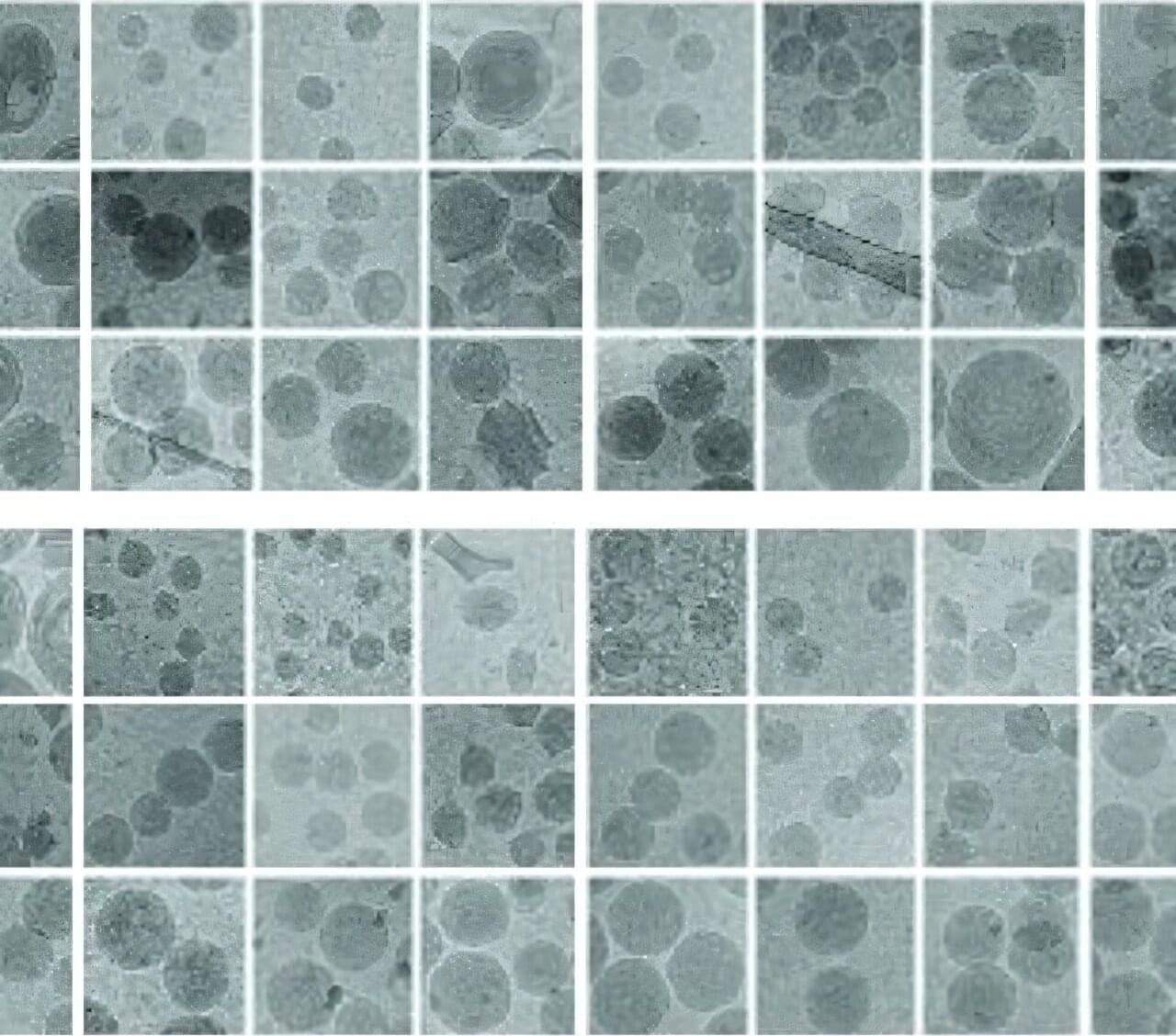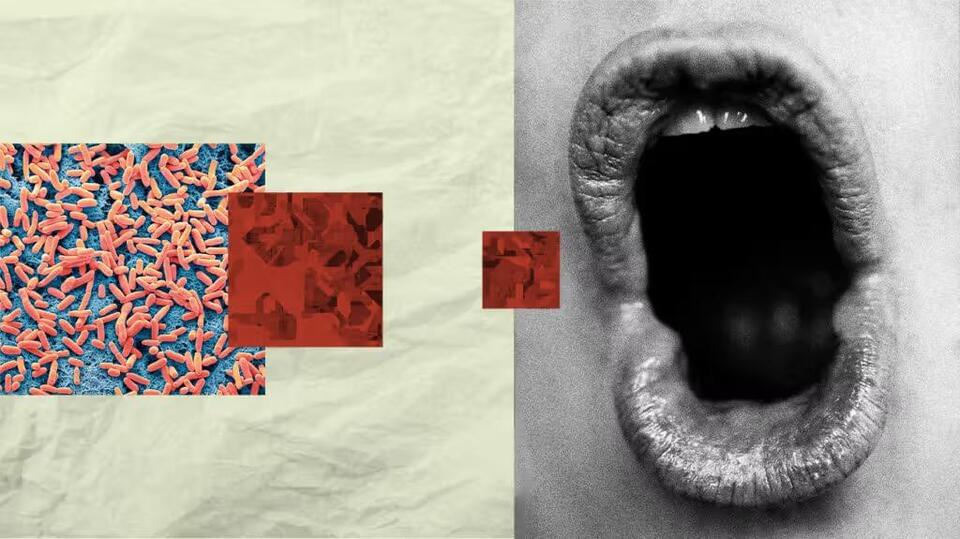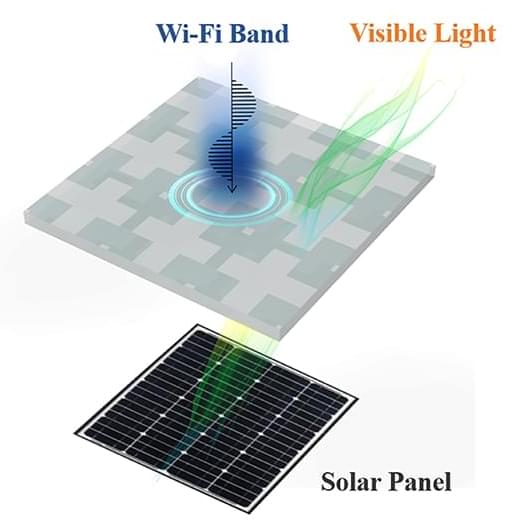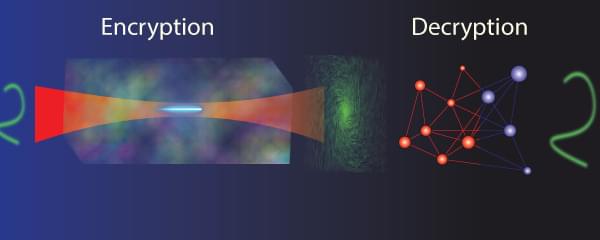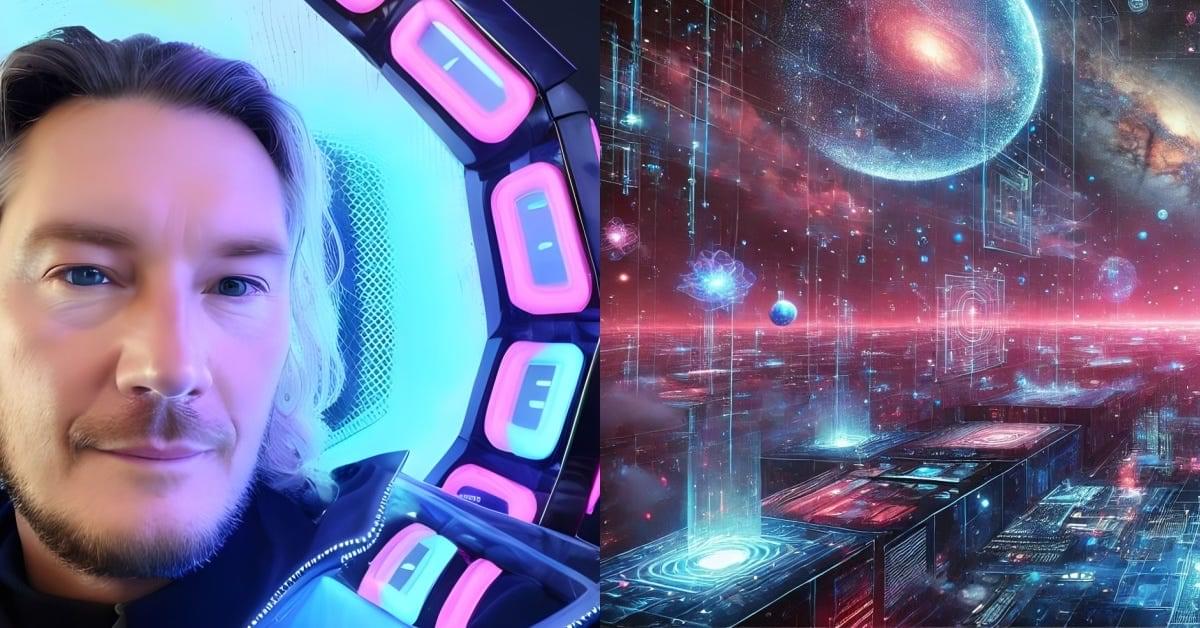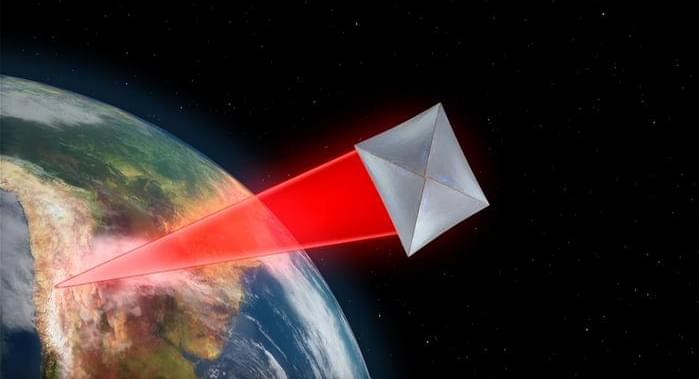For the first time ever, scientists have managed to snap a picture of an electron’s shape while it moves through a solid. While it doesn’t sound remotely impressive for the average Joe, this discovery gives us a whole new way to look at electrons.
This photographic achievement could lead to big changes in things like quantum computers, futuristic electronics, and maybe even gadgets we haven’t imagined yet. The research was led by physicist Riccardo Comin, a professor at MIT, along with a team of collaborators from various institutions.
“We’ve essentially created a blueprint for uncovering completely new insights that were out of reach before,” explains Comin. His colleague and co-author, Mingu Kang, carried out much of the work at MIT before continuing his research at Cornell University.
